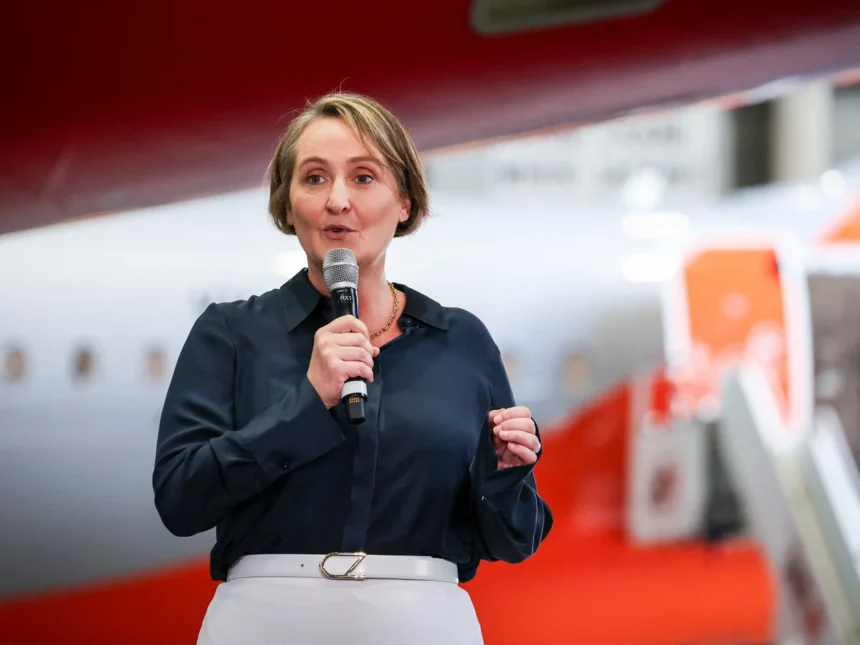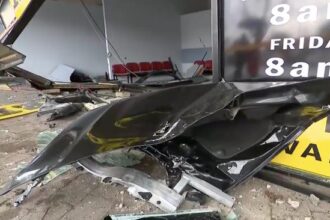Vanessa Hudson’s Bold New Vision for Qantas
CEO Vanessa Hudson’s bold low-cost airline strategy is reshaping the future of Qantas. With the closure of Jetstar Asia, Hudson is steering the company towards a majority budget-airline model. This move has ignited strong reactions from pilot unions and raised critical concerns across the aviation industry.
Union Tensions Grow Over Pay and Conditions
Vanessa Hudson’s plan has sparked friction with pilot unions as Qantas continues shifting routes to Jetstar and subsidiaries where crews earn about 30% less. The Australian Federation of Airline Pilots (AFAP), representing 80% of Jetstar pilots, stated, “Jetstar Enterprise Bargaining Agreement negotiations are underway… meetings have been going well to date with Jetstar management.” But the coming months could see tension rise.
Qantas Freight pilots are edging closer to industrial action, with the Fair Work Commission greenlighting protected action ballots. Their contracts with Australia Post and FedEx make potential strikes a serious threat to online delivery networks. The AFAP noted that after months of talks, Qantas offers would “entrench poor work-life balance” and underpay pilots.
Jetstar Asia’s Collapse and Strategic Reallocation
Meanwhile, Qantas confirmed that Jetstar Asia will shut down, projecting a $35 million loss. This marks the second failed Jetstar spinoff after Jetstar Pacific in 2012. Jetstar Hong Kong never launched despite major backing. Now, only a 30% stake in Jetstar Japan and Jetstar Australia remain. Many believe Jetstar Asia survived this long because of Alan Joyce’s vanity project.
Commercial pressures forced Qantas’ hand. Aircraft shortages, rising competition from Virgin, and pressure from WA mining customers demanding better service led to the decision. Qantas will redirect Jetstar Asia’s 13 A320 planes to Jetstar and Network Aviation, strengthening its low-cost operations.
Shift to Budget Arms Signals Long-Term Strategy
Qantas’ mainline domestic fleet has stagnated at 75 aircraft for nearly 20 years. Instead, its lower-cost arms like Jetstar, Network Aviation, and NJS have grown. Jetstar alone has 77 planes with 29 more on order. This trend signals a clear pivot towards low-cost travel in Australia.
Mining clients are demanding improvements as aging Fokker 100s struggle to meet reliability standards. Qantas has promised replacements, adding second-hand Embraer E190s. Some WA miners, like MinRes, have started their own airlines, and others may follow suit.
Qantas has also shifted mainline routes to Network Aviation and NJS, raising union concerns over pay and aircraft age. New routes like Perth-Newcastle are now handled by these subsidiaries, typically at lower pay rates. The trend is unmistakable — mainline services shrink, Jetstar grows.
Consumers and Staff Bear the Costs of Restructuring
The Australian government has yet to intervene meaningfully. Despite seat capacity dropping by 2.2%, revenue per kilometre rose 2.4%, highlighting rising costs for travellers. Bonza’s collapse and Rex’s struggles have left Qantas and Virgin dominant, and both show no appetite for price wars.
In the end, Qantas’ low-cost shift enriches shareholders but leaves staff and passengers paying the price. As the company reshapes its future, the battle lines are drawn between profit and fairness.






